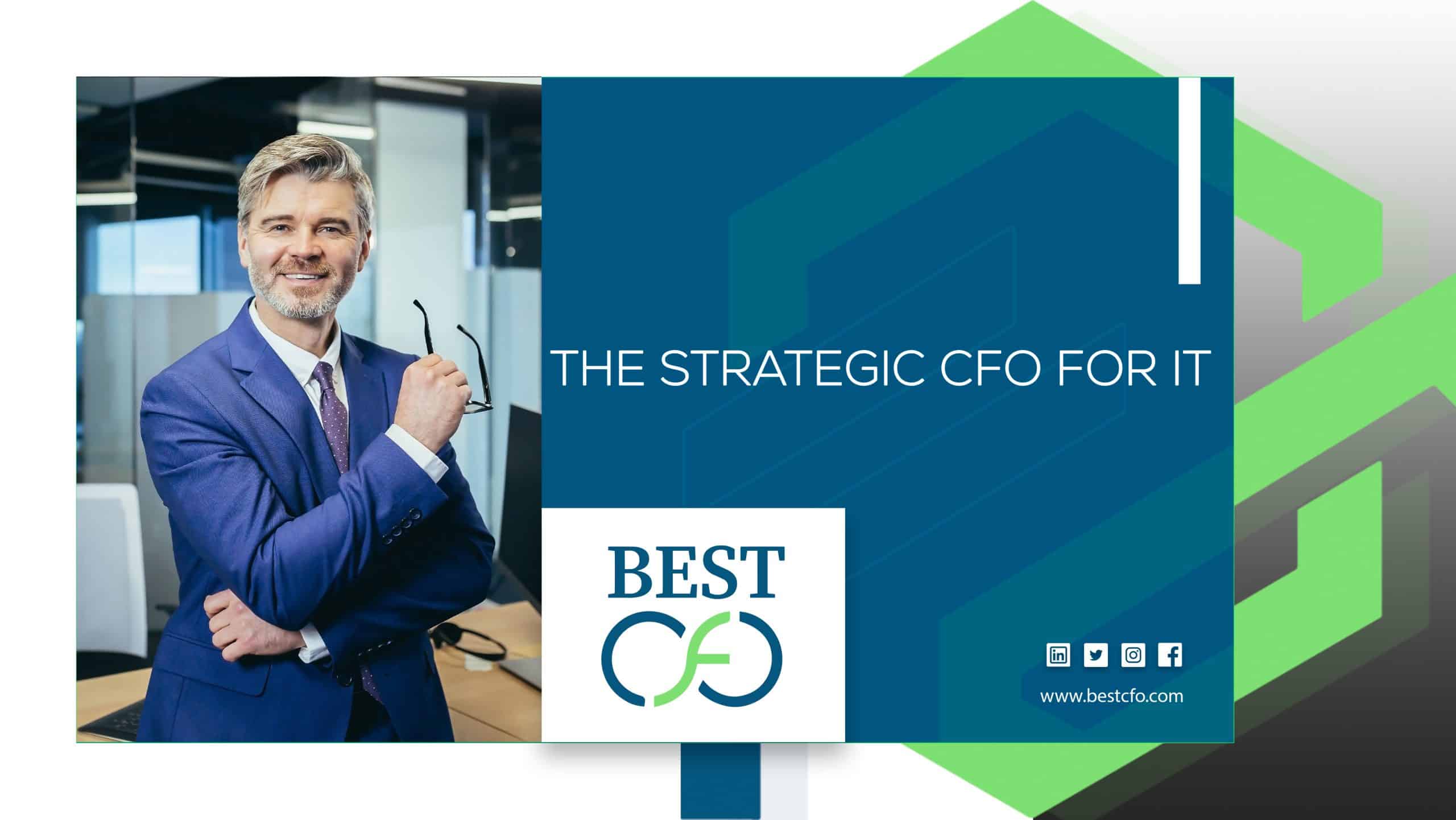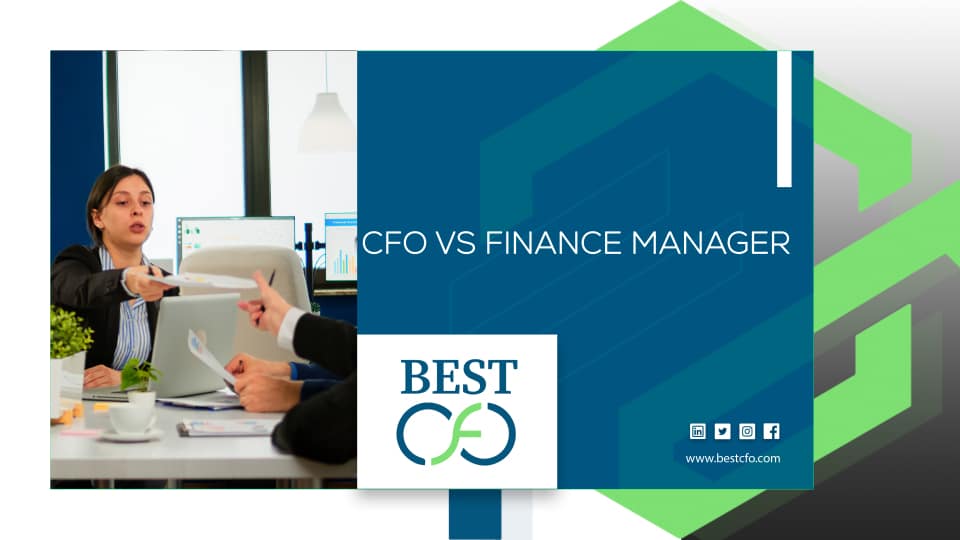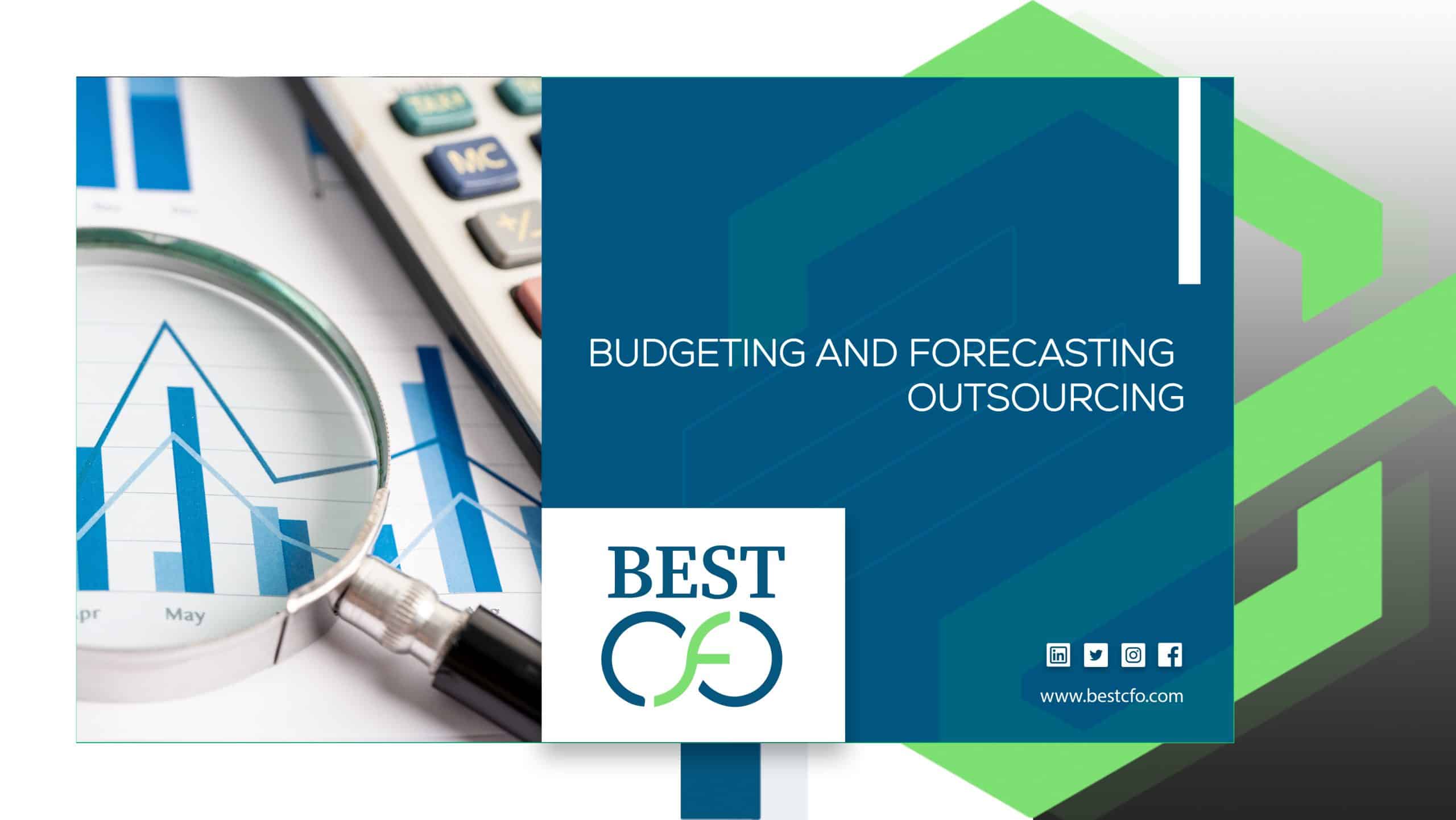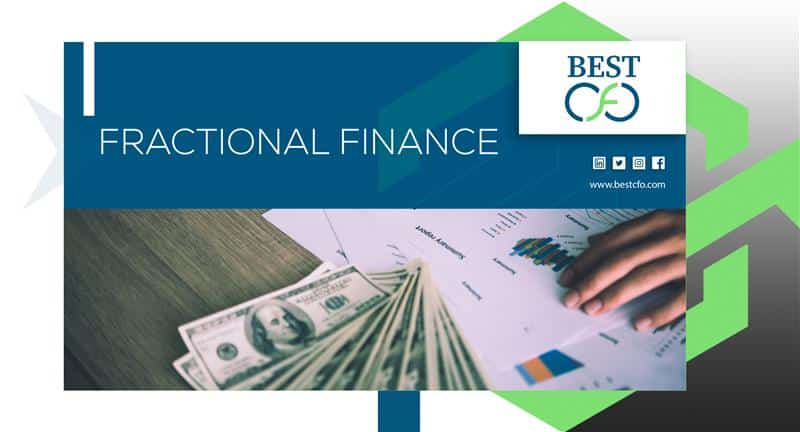
| Getting your Trinity Audio player ready... |
Fractional Finance 101: Unlocking the Power of Micro-Investing
Have you ever looked at the price of stocks like Amazon or Tesla and thought, “There’s no way I can afford that”? You’re not alone — traditional investing can feel overwhelming, especially when prices soar into the hundreds or even thousands of dollars per share. But here’s the good news: you no longer need a big bank account to get started in the stock market.
Welcome to the world of fractional finance and micro-investing — where you can invest small amounts of money, even just a single dollar, and still start building your wealth. These modern methods make it easier than ever for everyday people to grow their money without needing to be experts or millionaires.
In this blog, we’ll break down:
- What fractional finance really means
- How micro-investing works
- The tools and apps making it easy
- Benefits, risks, and smart strategies
- Real stories of success
- And where the future of small-scale investing is heading
What Is Fractional Finance?
Fractional finance is the idea of buying parts of a whole stock instead of purchasing the entire thing. Normally, if one share of a company costs $1,000, you’d need all $1,000 to invest. But with fractional finance, you can buy a piece of that share — say $10 worth — and still own a part of the company.
For example, if Tesla stock is $900, you can invest $90 and own 10% of one share. You still gain (or lose) money based on the company’s performance, just in a smaller portion. It’s like splitting a pizza with friends — you don’t need to eat the whole thing to enjoy it.
This is a game-changer. It lets everyday investors access popular companies that used to be out of reach.
How Fractional Investing Works
Role of Brokerages and Investment Apps
Fractional investing is made possible by modern brokerages and apps. Platforms like Robinhood, Fidelity, and Charles Schwab offer the ability to buy small parts of stocks. These companies handle the technical work behind the scenes.
The Technology Behind It
Behind the curtain, these platforms may use things like synthetic ownership or offer ETFs (Exchange-Traded Funds) that are broken down into smaller pieces. This makes it simple and smooth for users — all you see is your growing balance and stock percentages, without worrying about the math.
Key Benefits of Fractional Finance
Start Small — Even $1
One of the best parts? You don’t need hundreds or thousands of dollars. You can begin with as little as $1. This makes investing less scary and more approachable.
Diversify Without Big Bucks
Diversification means spreading your money across different stocks to reduce risk. With fractional finance, you can own pieces of many companies, not just one or two. That’s great for building a balanced portfolio.
Reinvest Dividends Automatically
Many apps also let you automatically reinvest your earnings. If you earn a few cents in dividends, they go right back into your investments, helping you grow faster — a simple way to enjoy compound growth over time.
What Is Micro-Investing?
Micro-investing means putting small amounts of money into investments regularly. Unlike traditional investing where people wait to save up big sums, micro-investors chip in tiny amounts — often daily, weekly, or monthly.
It’s about building habits, not hitting home runs.
Instead of trying to time the market, micro-investors focus on consistency. Even $5 a week adds up over time, and with fractional finance, every dollar goes to work.
Popular Micro-Investing Platforms
There are tons of apps that make this easy:
- Acorns: Rounds up your purchases and invests the change
- Stash: Lets you invest and learn at the same time
- Robinhood & Webull: Offer commission-free trading with fractional shares
- Betterment & M1 Finance: Use robo-advisors to manage your portfolio automatically
Each one has different features, but all aim to help you grow your money with less effort and stress.
Why Micro-Investing Is Gaining Popularity
Perfect for Gen Z and Millennials
Younger investors are drawn to tools that are mobile-first, easy to use, and require less money upfront. With student loans, high rent, and tight budgets, putting away even a few bucks feels doable.
Habit-Forming and Stress-Free
Micro-investing helps create smart habits. You can “set it and forget it” by automating deposits, so you’re investing without even thinking about it. Over time, this leads to steady growth.
How to Start with Fractional Finance
Choosing the Right Platform
Before jumping in, take a moment to compare your options. Look at:
- Fees: Some apps charge monthly fees, while others are free
- Minimum deposits: Many require none
- Types of investments: Do you want stocks, ETFs, or both?
If you’re just starting out, go with beginner-friendly apps like Acorns or Stash. More advanced? Fidelity or M1 Finance might suit you better.
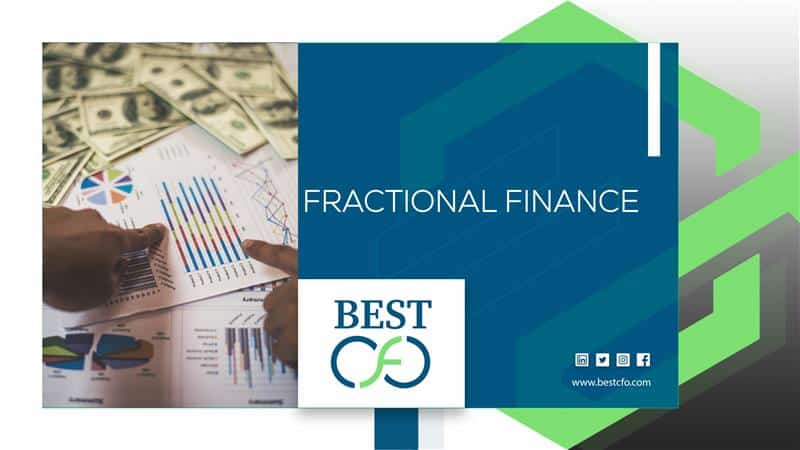
Building a Diversified Portfolio with Small Amounts
To reduce risk, aim to spread your money across industries and sectors. You can invest in:
- ETFs (which hold many stocks at once)
- Individual stocks (just buy fractional shares of a few leaders)
Fractional finance makes this possible even on a small budget.
Strategies for Fractional Finance Success
- Dollar-cost averaging: Invest the same amount regularly. This smooths out market ups and downs.
- Automate it: Set up recurring deposits to stay consistent.
- Reinvest earnings: Use auto-reinvest to grow your money faster through compound interest.
Risks and Limitations of Fractional Finance
Potential Downsides of Fractional Shares
While fractional investing is great, it’s not perfect. Sometimes, you may:
- Have less control over when and how orders are placed
- Miss out on voting rights, since many brokerages don’t allow shareholders with fractions to vote
Hidden Fees and Platform Risks
Some apps (like Acorns) charge monthly subscription fees. This can eat into profits, especially if you’re only investing small amounts.
Also, be careful with liquidity. Some assets may not sell right away when you want to cash out.
Psychological Pitfalls
- It’s easy to become overconfident because the stakes feel low
- Or, you might skip proper research, assuming small investments don’t matter
But small doesn’t mean unimportant. Always invest wisely.
Real-World Success Stories
Meet Sarah, a 27-year-old teacher who started investing $20 a week using a round-up app. Over four years, she built a portfolio worth over $5,000 — all from spare change and habit.
Then there’s Mike, who used fractional shares to invest in high-growth tech stocks he could never afford whole. He caught the wave early and saw great returns — all starting with just $50.
These stories show how small steps can lead to big progress.
The Future of Fractional Finance
The world of investing is changing fast.
- Fintech companies are building smarter, more user-friendly tools
- Regulators are exploring rules to protect small investors
- AI and automation are helping people invest better without needing financial degrees
As these changes continue, more people will have access to wealth-building tools that were once only for the wealthy.
Conclusion
Fractional finance is changing the game. You no longer need thousands of dollars or deep market knowledge to start building wealth. Thanks to modern tools, fractional shares, and micro-investing strategies, anyone — yes, even you — can get started today.
The key is to start small, stay consistent, and keep learning. With time, those tiny steps can lead to big financial wins.
If you’re looking for smart financial growth, Fractional Finance is your chance to begin. And if you’re ready to scale your business finances, talk to the Best CFO solutions that help you go from surviving to thriving.
FAQs
1: What is fractional finance in simple words?
Fractional finance lets you buy a small piece of a stock instead of the whole thing.
2: Can I invest with just $1?
Yes! Many platforms allow you to start investing with as little as $
3: What apps support micro-investing?
Popular apps include Acorns, Stash, Robinhood, and M1 Finance.
4: Is fractional investing safe?
It’s generally safe if you choose trusted platforms and invest wisely. But like all investing, it has risks.
5: Do I get dividends with fractional shares?
Yes, you get a portion of the dividends based on how much of the share you own.
6: Can I vote in company decisions with fractional shares?
Usually not — most platforms don’t give voting rights for fractional shares.
7: Is micro-investing worth it?
Absolutely! Over time, even small investments can grow significantly with consistency and patience.
Previous Post
Cash or Accrual Accounting: Which One Should You Use?
Post a comment Cancel reply
Related Posts
Do I Need An Accountant As A Sole Trader?
Do I Need An Accountant As A Sole Trader? Are you a sole trader running…
Cash or Accrual Accounting: Which One Should You Use?
Cash or Accrual Accounting: Which One Should You Use? Many businesses have a choice between…
Top Accounting System Implementer – QuickBooks & More
Top Accounting System Implementer – QuickBooks & More Choosing the right accounting software is one…
Already Have a Loan? How You Can Get a Second Title Loan
Already Have a Loan? How You Can Get a Second Title Loan If you’re already…
 Demos
Demos  Colors
Colors  Docs
Docs  Support
Support 










